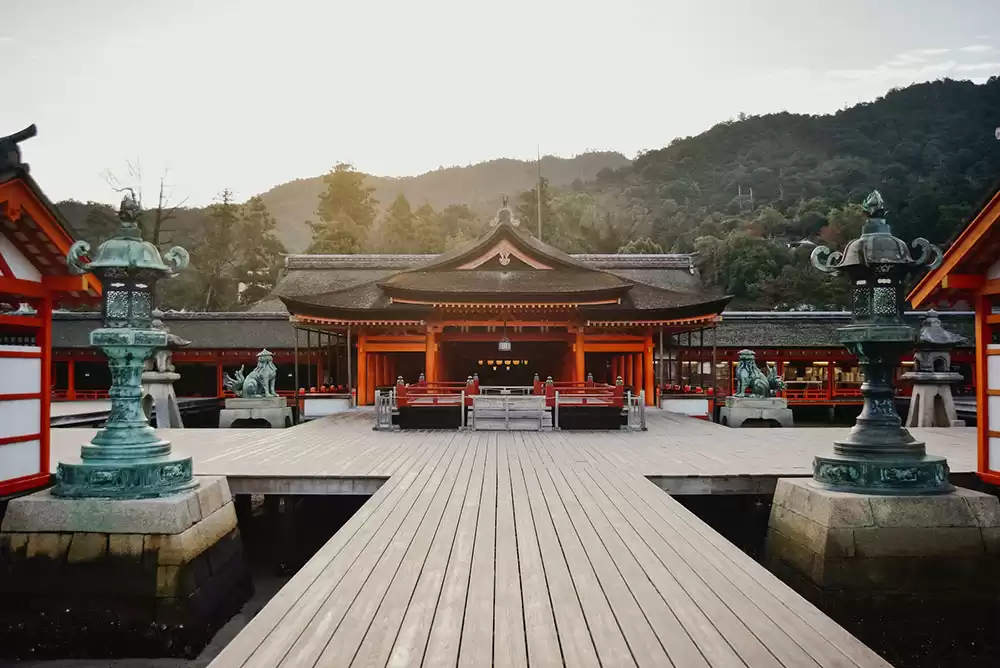
01 Jun The Fascinating History of the Traditional Japanese Shakuhachi Flute
The Shakuhachi is a traditional Japanese flute. Anyone with an interest in Japanese history and culture can and should learn about the cultural significance of the Shakuhachi. Continue reading to learn about the origins, development, and role of the Shakuhachi instrument in Japanese music and culture.
Origins and Early History of the Shakuhachi
The Shakuhachi was derived from Chinese flutes, introduced to Japan in the 6th century. Upon their introduction, they were considered one of the “gagaku” (雅楽) / instruments. However, the Shakuhachi as we know it today was developed and refined during the Edo period (1603-1868).
In the 17th century, “Fuke-shu” (普化宗) / Fuke sect, known as Zen Buddhist monks or “komuso” (虚無僧), used the Shakuhachi as a spiritual tool. Eventually, komuso monks in training had to learn to play the Shakuhachi instrument. This Shakuhachi is known as “Fuke shakuhachi” (普化尺八), which became the modern Shakuhachi instrument widely played today.
The Shakuhachi in Japanese Music and Culture
The Shakuhachi is an integral part of Japanese music and culture. It is a versatile instrument, and musicians can perform classical, folk, and contemporary music with a Shakuhachi flute. You can use different techniques to play the Shakuhachi, each producing distinct tonal qualities.
Shakuhachi Masters and Schools
Throughout history, numerous Shakuhachi masters have contributed to developing and refining the instrument and its music. Different schools of Shakuhachi have emerged and offered a unique approach and playing style. However, there have also been controversies and challenges surrounding Shakuhachi schools and their implementations, including exclusionary practices and lack of standardization.
Modern Developments and the Future of the Shakuhachi
During the 19th century, the Shakuhachi became a musical instrument performed in public performances with koto shamisen. At that time, Shakuhachi came to be referred to as “Sankyoku” (三曲). Despite the challenges with the Shakuhachi, the instrument has evolved and adapted to modern times.
The Shakuhachi is still traditionally used today; however, worldwide influences have impacted things. Shakuhachi is also used in the movie industry, playing in the background for soundtracks for films such as The Last Samurai and Godzilla. You may hear a Shakuhachi flute in some contemporary, jazz, and even rock music.
Conclusion
The Shakuhachi instrument has a rich history and deep cultural significance in Japan. By exploring its origins, development, and role in Japanese music and culture, you can increase your appreciation for this unique instrument. If you have a passion for Japanese culture, seek to learn more about the bamboo flute Shakuhachi and share your experiences with this centuries-old instrument with future generations.


